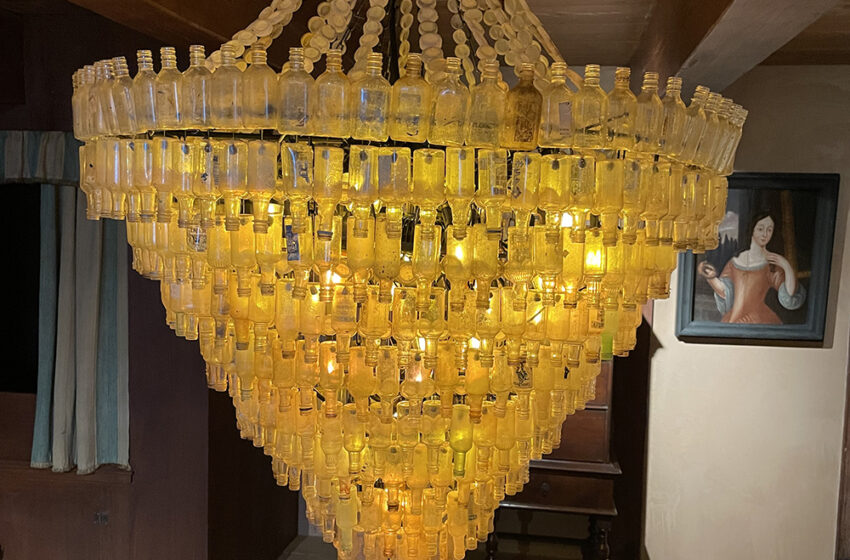Go Green ‘Death to the Living – Long Live Trash’

By Tom Last
On a recent trip to the Brooklyn Museum, I explored a new exhibit titled ‘Death to the Living – Long Live Trash’. This art exhibit was created by Brooklyn-based artist, Duke Riley. Riley is an American artist known for his thought-provoking art based on sociopolitical issues, such as corporate pollution and Climate Change.
Riley earned a BFA in painting from the Rhode Island School of Design, and a MFA in Sculpture from the Pratt Institute. Riley’s art exhibits have included a wide array of topics including a bar constructed from found objects in the concrete pilings that had supported the busy Belt Parkway. He also launched a replica of the Revolutionary War era ‘Turtle’, a small wooden submarine designed to enable American patriots to sink British Navy ships.

His latest exhibit uses materials collected from our local beaches to tell a story of both local pollution and global marine devastation. Riley’s exhibit focuses on the negative effects that industries such as oil, food, transportation, etc. have had on the environment. He takes these forms of refuse and turns them into beautiful works of art. One of my favorite exhibits was a glass chandelier made from small liquor bottles and bottle caps. He has created beautiful mosaics and when you look closely you will see they are made up of plastic straws, bottle caps, pens and pencils, flossing sticks and other items you can find on a beach. Other exhibits include fishing lures made from discarded objects such as toothbrushes, electric cords, and combs.
Riley incorporates scrimshaw – maritime craft that involves engravings and carvings done in bone or ivory by whalers – and replaces the traditional materials with plastic waste collected from our NYC waterways. Another artwork brings to light the effects of human intervention upon the natural environment and links it to the early history of global trade, colonization, overdevelopment, and the ongoing pollution of Brooklyn’s waterways. This artwork is displayed onsite in the historic Dutch houses of the 17th and 18th centuries, which are on permanent display at the Brooklyn Museum, that further help us connect the past and the present.
I highly recommend that the entire family visit the Brooklyn Museum to enjoy this enlightening and spectacular art exhibit. Hopefully, each visitor to the Museum will be inspired, by this artwork, to take an active role in reducing plastic use, which in turn will help produce cleaner and healthier waterways.


